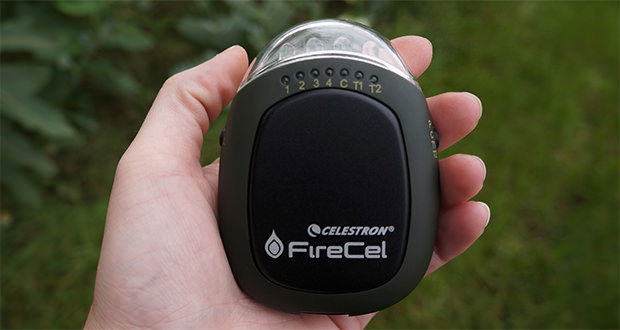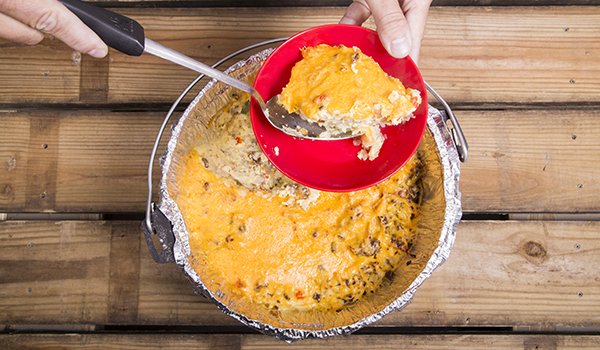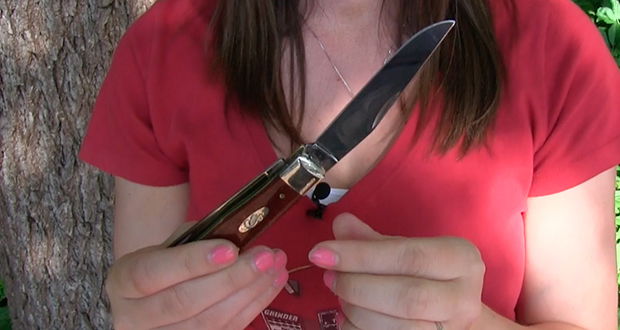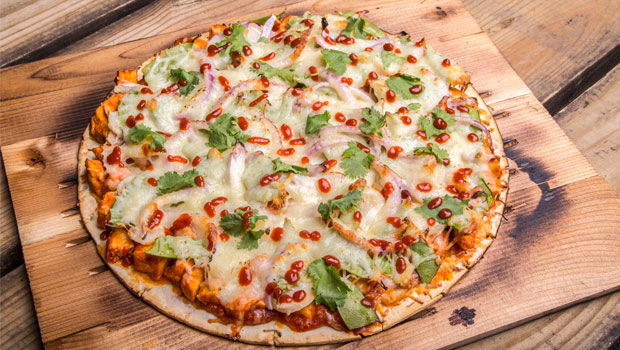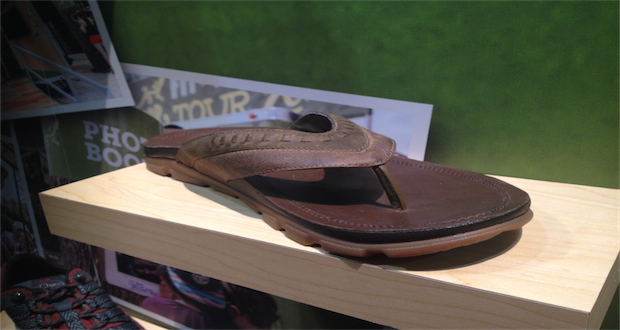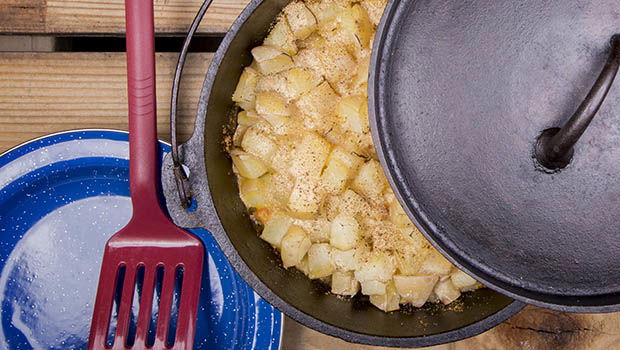Here are eight great cast iron cooking tips you need to cook in, clean, care for, and turn out delicious camp cooked meals from your trusty skillets and Dutch Ovens.
Videos by Outdoors
- Consider a 12- or 14-inch skillet and a 12-inch Dutch Oven to be the basic camping cast iron starter set. When selecting a Dutch Oven, go for the deepest you can find as it offers greater versatility. And remember, there’s nothing wrong with second, or even third hand, cast iron as long as it’s not cracked.
- Cast iron typically takes a bit longer to preheat than standard stainless pans. When possible, heat pans slowly over low heat, and then adjust to your desired cooking temperature.
- You can use “water balls” to determine if your cast iron skillet is ready to start frying. Heat your pan on medium heat until a drop of water sizzles and balls as soon as it hits the surface of the cast iron.
- Handles become extremely hot! Always use an oven mitt or potholders when handling cast iron. There are handle mitts that slip over the handles that can be found online and at restaurant supply houses. These “stay-in-place” mitts are a great precaution to protect not only your hands, but other hands that may go to move a “cool” pan.
- Because cast iron retains heat so well, if you have enough of it, you can serve all of your dishes buffet style and the contents will stay piping hot for your guests to enjoy.
- When deep-frying in a Dutch Oven: • Use a thermometer to make sure your oil is up to temperature. • Use oils that have a high smoke point to avoid burning. • Use a basket to lower the food into place all at once. • Make small batches so as not to lower oil temperature too much. • Skim as much batter, breading, etc. fragments from the oil between batches as possible. • Allow oil to come back fully to cooking temperature between batches. • Use caution and NEVER put wet or partially frozen foods into hot oil.
- When browning meat in cast iron be sure to use a large enough cooking surface, bigger than you think you’ll need. Go big or go home. You need to allow plenty of space for evaporation of the moisture that comes out of the meat. If there isn’t lots of space for the pan to cook that moisture right into the air, the meat will boil instead of brown. That turns out gray flavorless meat instead of browned bits of delicious crispiness. You don’t necessarily have to go out and buy bigger skillets and Dutch Ovens. If I want to brown a full pound of ground meat at once use a 14-inch skillet or Dutch Oven. However, if all I’ve got is a 12-inch, then just do it in two batches.
- When you’re cooking in a Dutch Oven with charcoal, this is one case where briquettes win hands down over lump charcoal. The size and burn is more consistent which makes for better temperature control. Besides, there’s almost no contact with the smoke from the charcoal with the food itself, so there’s no flavor advantage to be gained from the more expensive lump charcoal.


